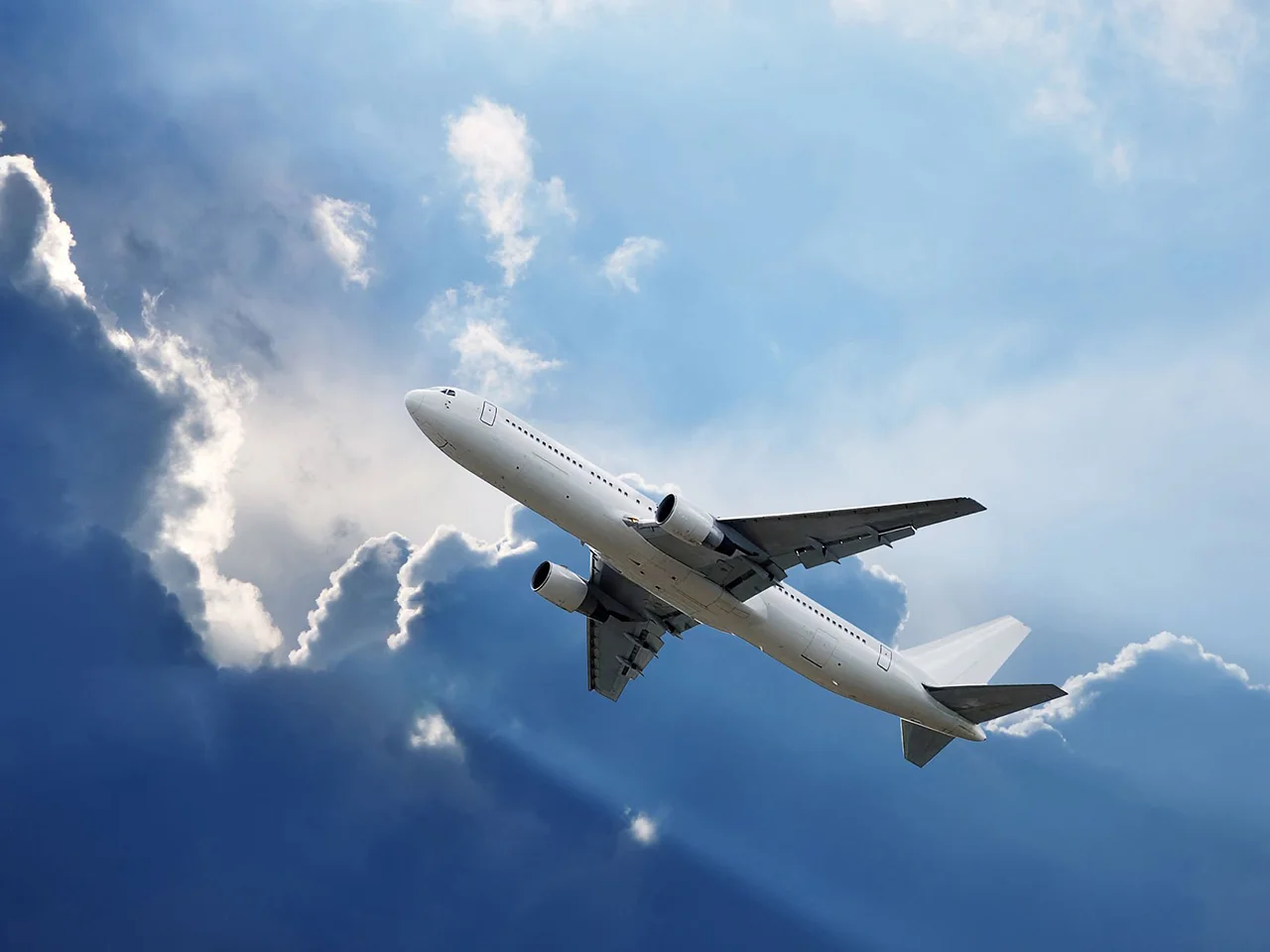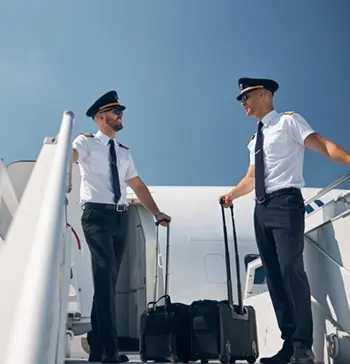
Pilot Training In Philippines For Chinese Students
In recent years, the skies above China have witnessed an unprecedented surge in air traffic, reflecting the nation’s rapid economic growth and increasing connectivity with the global community. With this exponential growth comes a soaring demand for skilled aviation professionals, particularly pilots, to navigate the vast expanse of Chinese airspace. However, aspiring aviators in China often find themselves facing a myriad of challenges when seeking to fulfill their dreams of flight within their homeland. In this comprehensive exploration, we delve into the motivations behind why many aspiring Chinese pilots choose to spread their wings abroad for training, with a particular focus on their attraction to the Philippines as a training destination. Furthermore, we examine the Philippines’ potential to emerge as a premier pilot training hub for Chinese students, the eligibility criteria for pilot training in the Philippines, the associated costs, and the process of overseas pilot license conversion, particularly the conversion of a Philippines pilot license into a Chinese pilot license.
Why Aspiring Chinese Pilots Choose to Fly Abroad for Training?
- Higher Demand for Training Slots: The burgeoning aviation industry in China has led to intense competition for limited training slots within local flight schools and academies. As a result, aspiring pilots often encounter significant hurdles in securing a place in domestic training programs, prompting many to seek alternative avenues abroad.
- Quality of Training: Some Chinese students perceive the quality of training offered abroad, particularly in countries with established aviation industries such as the United States, Canada, Australia, and various European nations, to be superior to what is available domestically. They are drawn to the advanced facilities, experienced instructors, and comprehensive curriculum offered by renowned international flight schools.
- International Recognition: Training abroad provides Chinese pilots with greater international recognition and acceptance of their qualifications, thereby enhancing their career prospects beyond the borders of China. A pilot’s license obtained from a reputable international training institution carries considerable weight in the global aviation community, opening doors to employment opportunities with airlines worldwide.
- Language Barrier: English proficiency is paramount in the aviation industry, serving as the lingua franca for communication between pilots, air traffic controllers, and aviation authorities worldwide. Recognizing the importance of mastering the English language for effective aviation communication, some Chinese students opt to pursue their pilot training in English-speaking countries to hone their language skills and ensure seamless integration into the global aviation community.
- Advanced Technology and Infrastructure: Training facilities in countries with advanced aviation industries boast state-of-the-art technology and infrastructure, providing students with access to cutting-edge flight simulators, modern aircraft, and top-tier training equipment. Exposure to such advanced resources enriches the learning experience and equips aspiring pilots with the skills and knowledge necessary to excel in their aviation careers.
Why Chinese Students Choose the Philippines for Pilot Training?
- Cost-Effective Training: Compared to many Western countries renowned for their aviation training programs, pilot training in the Philippines is often more cost-effective. The relatively lower tuition fees, affordable living expenses, and favourable exchange rates make the Philippines an attractive destination for budget-conscious Chinese students seeking quality flight training at a reasonable cost.
- English Proficiency: English is widely spoken and understood in the Philippines, thanks to its history as a former colony of the United States and its robust education system that prioritizes English-language instruction. This linguistic affinity with English facilitates effective communication between instructors and students during flight training, ensuring clarity and precision in instruction.
- Favourable Weather Conditions: The Philippines enjoys favourable weather conditions throughout much of the year, characterized by clear skies, minimal precipitation, and mild winds. This conducive climate enables flight training to proceed smoothly and consistently, with fewer weather-related disruptions compared to regions with more unpredictable weather patterns.
- Close Proximity to China: Situated in close geographical proximity to China, the Philippines offers a convenient training destination for Chinese students, with shorter travel times and relatively lower travel costs. The accessibility of direct flights between major Chinese cities and Philippine aviation hubs further enhances the convenience of pursuing pilot training in the Philippines.
- Established Aviation Industry: The Philippines boasts a well-established aviation industry with a rich history of flight training and aircraft maintenance. Reputable flight schools and training centres accredited by the Civil Aviation Authority of the Philippines (CAAP) offer comprehensive training programs that adhere to international standards, ensuring that students receive quality instruction and practical experience.
Is the Philippines Positioned to Become the Top Pilot Training Destination for Chinese Students?
While the Philippines possesses several advantages as a pilot training destination for Chinese students, including cost-effectiveness, English proficiency, favourable weather conditions, and an established aviation industry, it faces stiff competition from other countries renowned for their aviation training programs, such as the United States, Canada, and Australia. The emergence of the Philippines as the top choice for Chinese students will depend on various factors, including concerted marketing efforts, regulatory reforms to streamline the licensing process, infrastructure development to enhance training facilities, and continuous improvement in the quality of training provided.
Want to find out more about our pilot courses?
Can Chinese Become a Pilot in the Philippines (PH)?
Yes, Chinese citizens are eligible to pursue pilot training in the Philippines by enrolling in CAAP-accredited flight schools, undergoing the requisite training, passing examinations, and meeting medical and licensing requirements stipulated by the Philippine aviation authorities. The Philippines welcomes international students from diverse backgrounds, providing them with opportunities to realize their aspirations of becoming pilots in a supportive and conducive learning environment.
How Much Does It Cost to Study Pilot in Philippines for Chinese Students?
The cost of pilot training in the Philippines for Chinese students can vary depending on several factors, including the type of pilot license being pursued (e.g., Private Pilot License, Commercial Pilot License), the flight school selected, aircraft rental rates, instructor fees, accommodation expenses, and other miscellaneous costs. While specific figures may fluctuate, the total cost of pilot training in the Philippines typically ranges from $40,000 to $100,000 USD, making it a relatively affordable option compared to training programs offered in Western countries.
Who Is Eligible for Pilot Training in the Philippines?
Eligibility for pilot training in the Philippines is contingent upon meeting certain criteria established by the Civil Aviation Authority of the Philippines (CAAP). Prospective students must typically fulfill minimum age requirements (usually 17 or 18 years old), possess a high school diploma or equivalent educational qualification, demonstrate proficiency in the English language, and meet medical fitness standards prescribed by the CAAP. By adhering to these eligibility criteria, aspiring pilots can embark on their journey toward acquiring the necessary skills and qualifications to pursue a career in aviation.
Is the Philippines a Good Country for Pilot Training for Chinese Students?
The Philippines offers a conducive environment for pilot training, making it a favourable destination for Chinese students seeking quality flight instruction at an affordable cost. With its English proficiency, favourable weather conditions, established aviation industry, and proximity to China, the Philippines presents a compelling option for aspiring pilots to acquire the knowledge, skills, and experience essential for a successful career in aviation. While individual preferences and circumstances may vary, many Chinese students have found the Philippines to be a rewarding and enriching destination for their pilot training endeavours.
Which Country Is Cheapest for Pilot Training for Chinese Students?
The Philippines is widely regarded as one of the most cost-effective countries for pilot training for Chinese students, offering competitive tuition fees, affordable living expenses, and a favourable exchange rate that maximizes the value of their investment in flight training. While other countries in Southeast Asia and Eastern Europe may also offer relatively inexpensive training programs, the Philippines stands out for its combination of affordability, quality instruction, and English proficiency, making it an attractive choice for Chinese students aspiring to take to the skies.
Overseas Pilot License Conversion – Convert Philippines Licence into Chinese Licence
The process of converting a Philippines pilot license into a Chinese pilot license typically involves submitting the requisite documentation to the Civil Aviation Administration of China (CAAC) or its relevant authority responsible for license issuance and regulation. Applicants must provide evidence of their training, qualifications, and flight experience obtained in the Philippines, along with any additional requirements specified by the CAAC. Depending on the specific procedures and regulations governing license conversion, applicants may be subject to further examinations, assessments, or training to ensure compliance with Chinese aviation standards. It is advisable for aspiring pilots seeking license conversion to consult with the CAAC or a reputable aviation authority to obtain accurate information regarding the requirements and procedures involved in the conversion process.
In conclusion, the journey of Chinese pilots training abroad, particularly in destinations such as the Philippines, reflects a convergence of ambition, opportunity, and pursuit of excellence in the dynamic field of aviation. As China’s skies continue to beckon with boundless possibilities, the quest for wings transcends borders and cultures, uniting aspiring aviators from diverse backgrounds in their shared pursuit of flight. With the Philippines emerging as a beacon of opportunity for Chinese students seeking quality pilot training at an affordable cost, the horizon of possibilities expands ever further, ushering in a new era of collaboration and innovation in the global aviation community.
Free Career Guide

Want to find out more about our pilot courses?
Download our free eBook to learn all about pilot training in the Philippines, including the qualifications needed, the training process, available courses, and career opportunities. Find out how you can take the first step toward a rewarding career in aviation.
Download Pilot Course Information Guide
Aviation Pilot Training For International Students
Comprehensive pilot training programs tailored for international students to achieve global aviation success.






